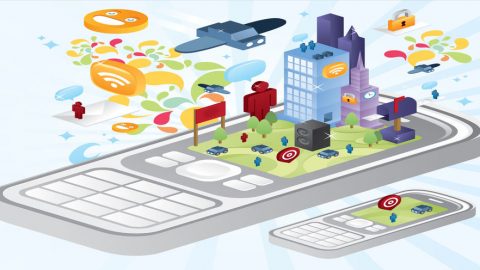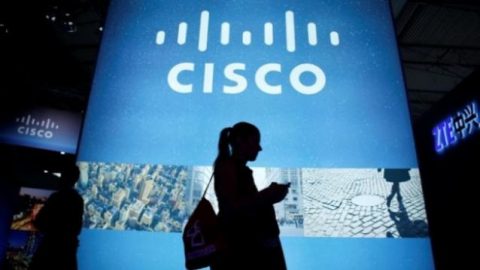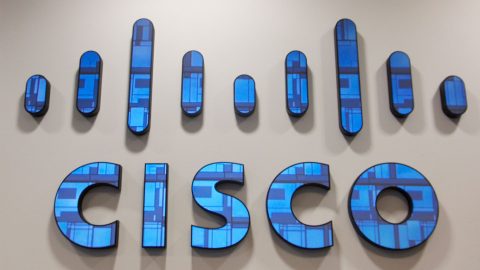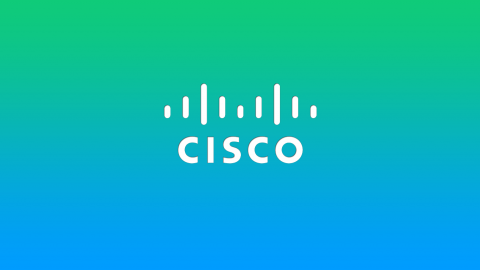You’ve heard about self-driving cars. What about a self-driving enterprise network?
According to Cisco, it’s coming—and right on time. In the quest for an agile IT infrastructure, enterprise networking has not kept pace with the likes of data center and cloud. While these technologies have seen transformative change in recent years, enterprise networks are still built and managed in much the same way as 25 years ago.
“Now that is changing,” says Ravi Chandrasekaran, senior vice president of Cisco’s Core Software Group. “The network is on the road to transformation—from a siloed, manual, hardware-centric infrastructure, to a coherent, automated and software-driven new network that intuitively aligns to business intent.”
Cisco calls this new, software-driven model the Digital Network Architecture (DNA), and it’s being driven by the needs of customers grappling with digital transformation. By contrast, the network of the early 1990s was the metaphorical equivalent of a stick shift. It focused mainly on connecting people, and the tasks were simple enough that humans could monitor and manage it. Make no mistake, these networks got the job done and along the way drove huge leaps in productivity and transformed entire industries. It’s the basis of the enterprise networks we know today.
But over the last few years, there have been major shifts in what happens on top of the network. Today, mobility is changing the way we work. The complexity of security threats is expanding daily. Applications are migrating to the cloud. And, on top of all this, billions of things will be joining the network over the next few years.
“The network is starting to be impacted by all these changes,” Chandrasekaran says. “It’s become too big, too complex and with too many moving pieces to manage manually. So we’ve had to rethink the network—to change its DNA.”
Speaking the language of business
A self-driving network is fully virtualized and software-defined, with an underlying infrastructure that’s open, flexible, malleable and automated. It also needs to be easy to program, and capable of monitoring and correcting itself.
“It’s able to speak and listen in the language of business, and adjust at the speed of business,” Chandrasekaran says. “It would fully automate user onboarding, device onboarding, application onboarding and process onboarding. It’s no longer about creating business-level policies and then manually translating and configuring the network to support them.”
Consider the following scenarios:
- Scenario #1: A snowstorm forces an organization’s employees to work from home.With today’s network: The employees can connect using their home video conferencing systems. But the spike in users results in reduced quality and connectivity problems, which in turn puts a dent in productivity.With a self-driving network: The network anticipates the storm because its analytics engine is connected to external feeds such as weather forecasts and road condition reports. As a result, it dynamically sets up end-to-end quality of service (QoS) for new video conferencing sessions and requests additional bandwidth to meet the demand. When the snowstorm is over, the network reverts to its previous state. Productivity lost: zero.
- Scenario #2: A series of machines on the manufacturing floor are connected over the network to an Internet of Things (IoT) diagnostics application in the data center or cloud.With today’s network: The network needs to be manually segmented so that the IoT devices and application are isolated from the other data and users on the network. Additionally, the service-level requirements of the application need to be set manually for each device in the network. This is time consuming and prone to error.With a self-driving network: Service-level and security policies are communicated directly from the application and devices to the network-controller via open APIs. The fully programmable, abstracted network responds by instantly creating a new, highly secure virtual segment and applies QoS and security policies for all the IoT devices and applications. It also continues tracking the performance of all other applications, making automatic adjustments if any falls below required service levels. This saves time and improves operations and user experience.The scenarios are numerous. In retail or hospitality, a self-driving network might leverage location-based services on mobile devices to predict customer trends and provide a customized experience. For a financial institution, it could facilitate faster and more secure digitization through automated provisioning and application of security policies. In buildings, it could reduce costs through smart lighting and climate control solutions enabled through IoT sensors.
The Network as hero
Many customers are already making plans for—and reaping business benefits from—networks that are more digital-ready. According to IDC, 45 percent of global organizations plan to progress to advanced stages of digital network readiness within the next two years.
And according to recent analysis conducted by IDC, organizations that upgrade their networks with Cisco DNA solutions are projected to see benefits that add up to more than $48,000 per 100 users annually. That results in a five-year ROI of over 400 percent. Other benefits include more efficient IT networking teams (28 percent), faster delivery of applications (17 percent) and faster WAN branch deployments (42 percent).
“The network is the hero of this story,” Chandrasekaran says. “In our journey to digital transformation, we must advance the network as a driver for digital innovation. Evolving into a truly self-driving network won’t happen overnight, but those that don’t embark on the journey today risk being left behind.”
Is your network ready for digital transformation? Cisco can help you get there. Go here to get started.
Visit ICT Hardware to see more Cisco Products









